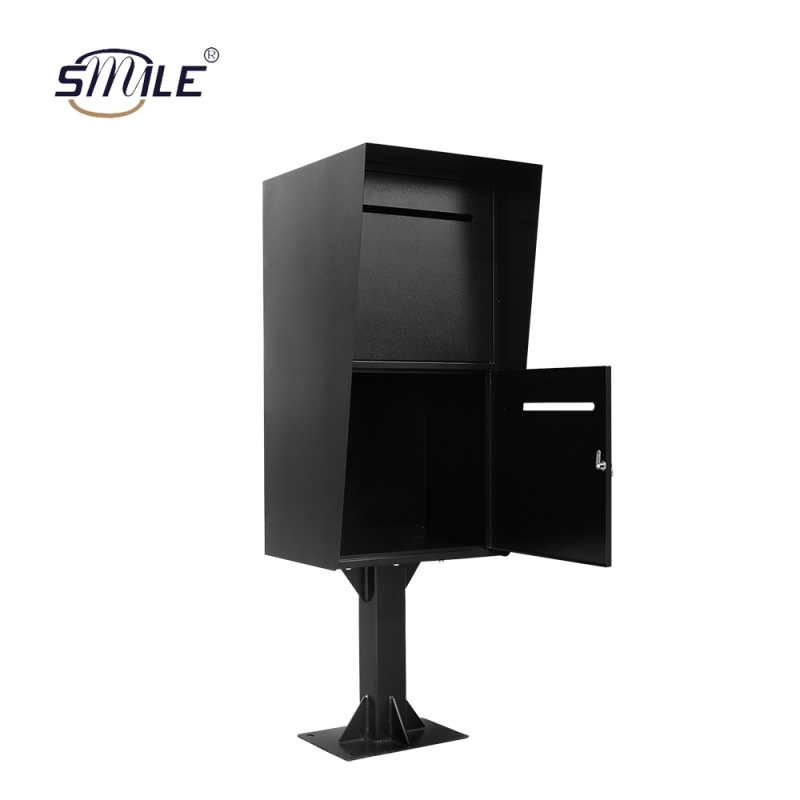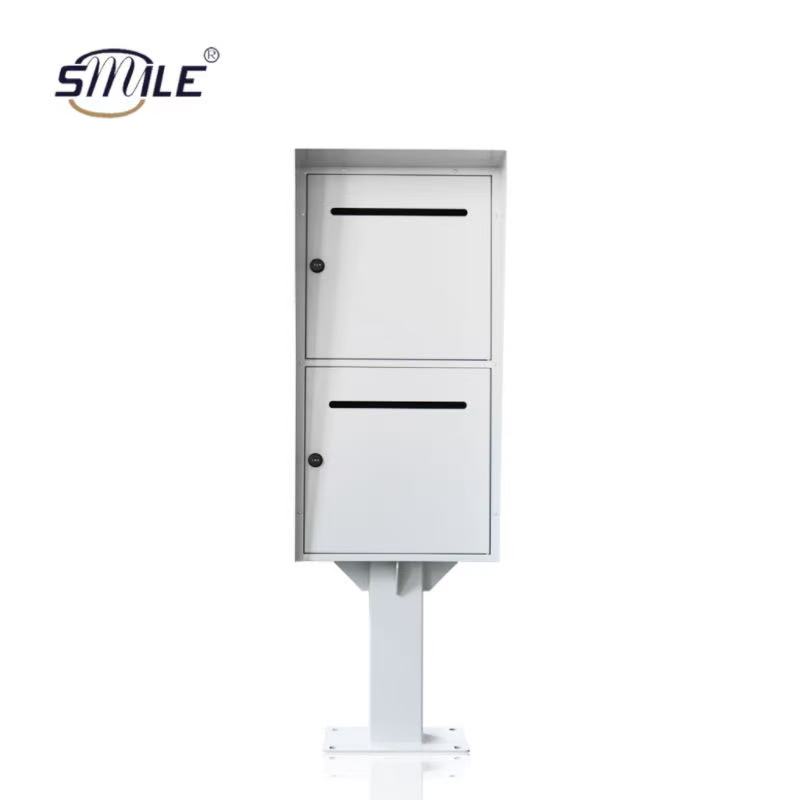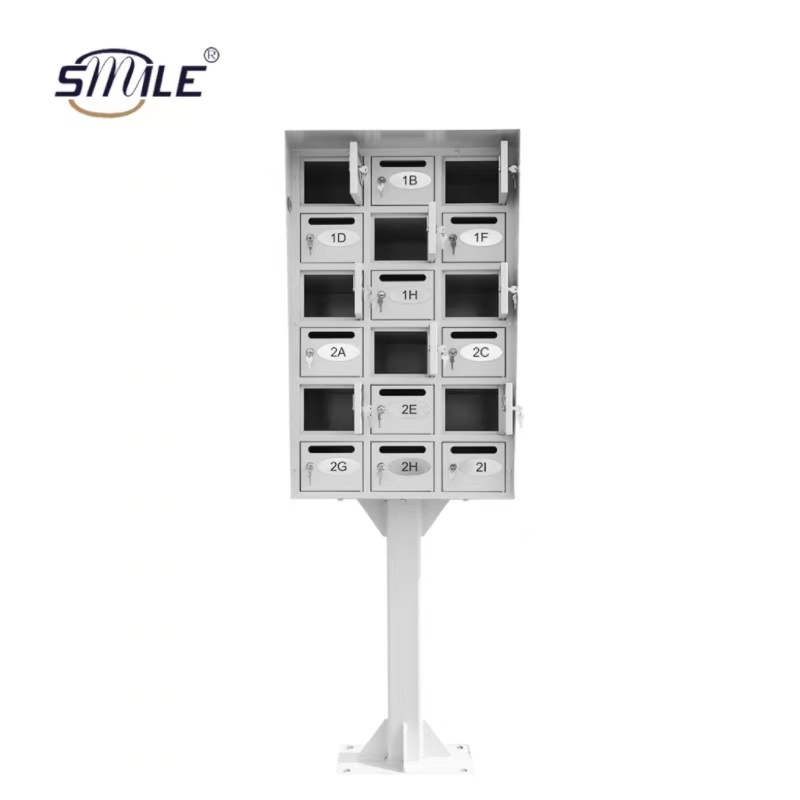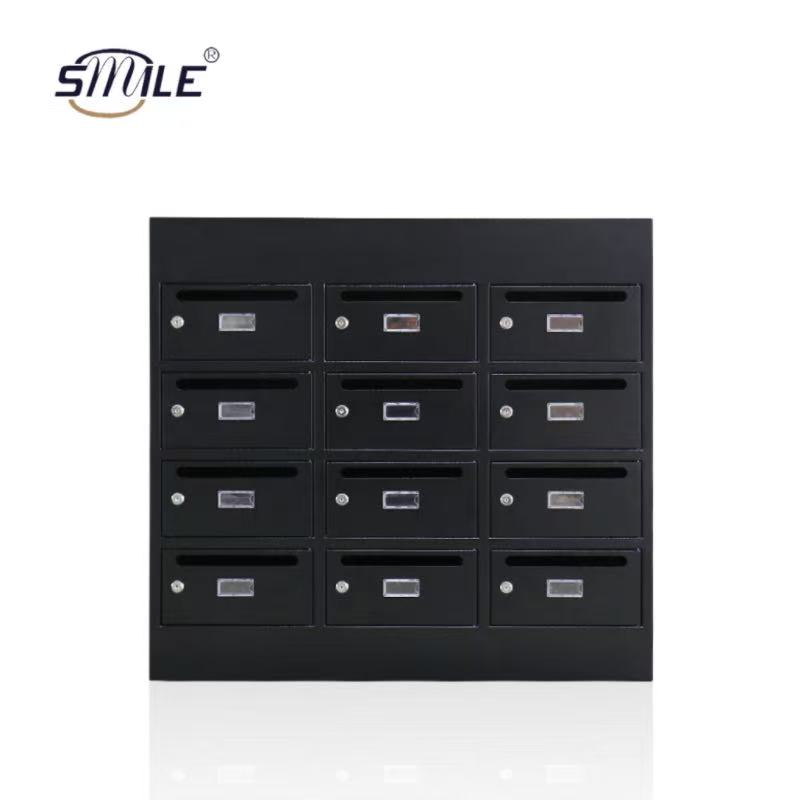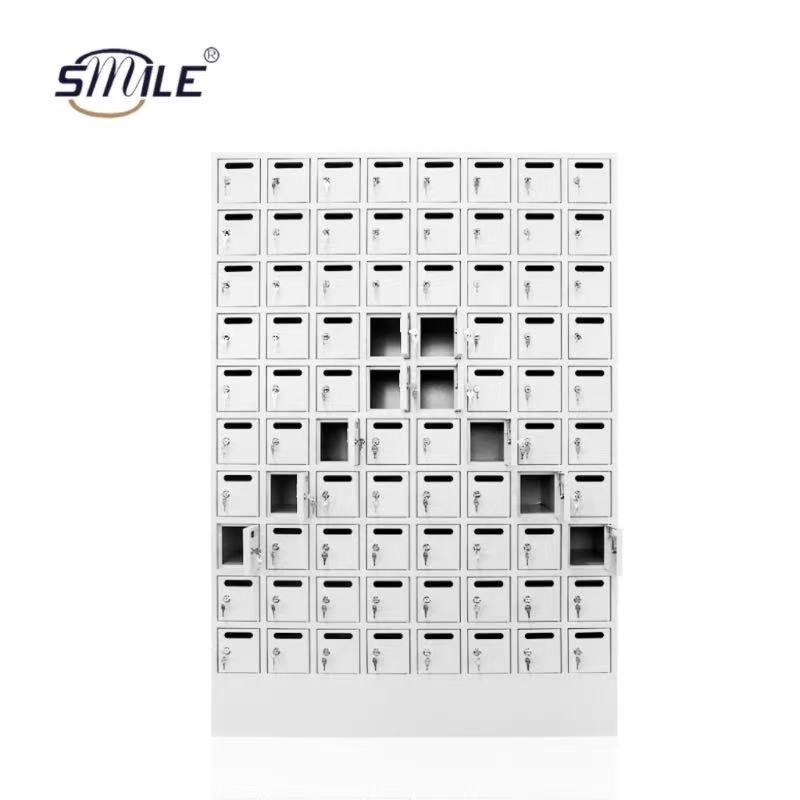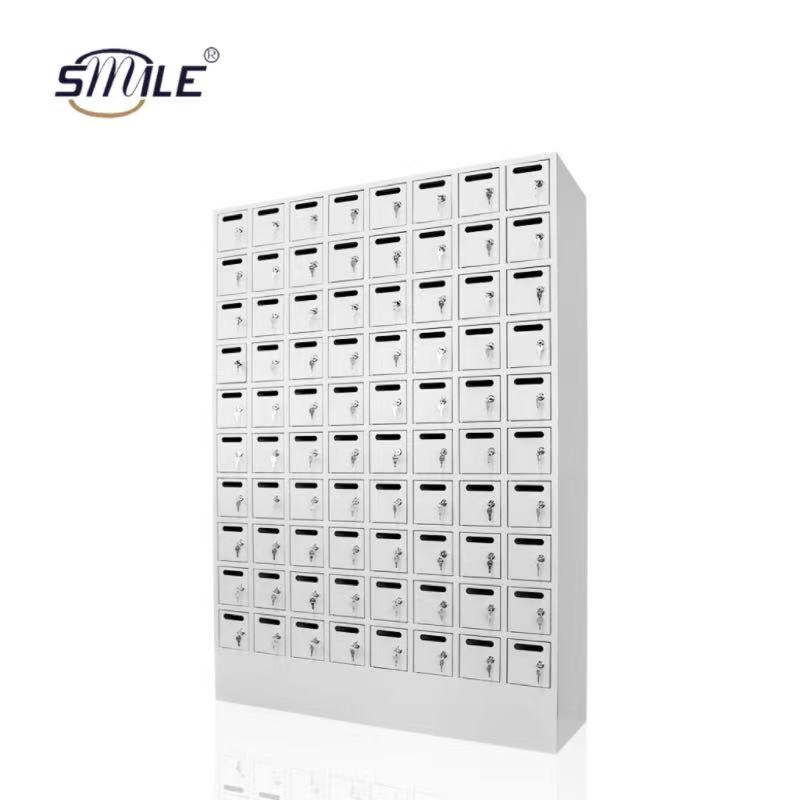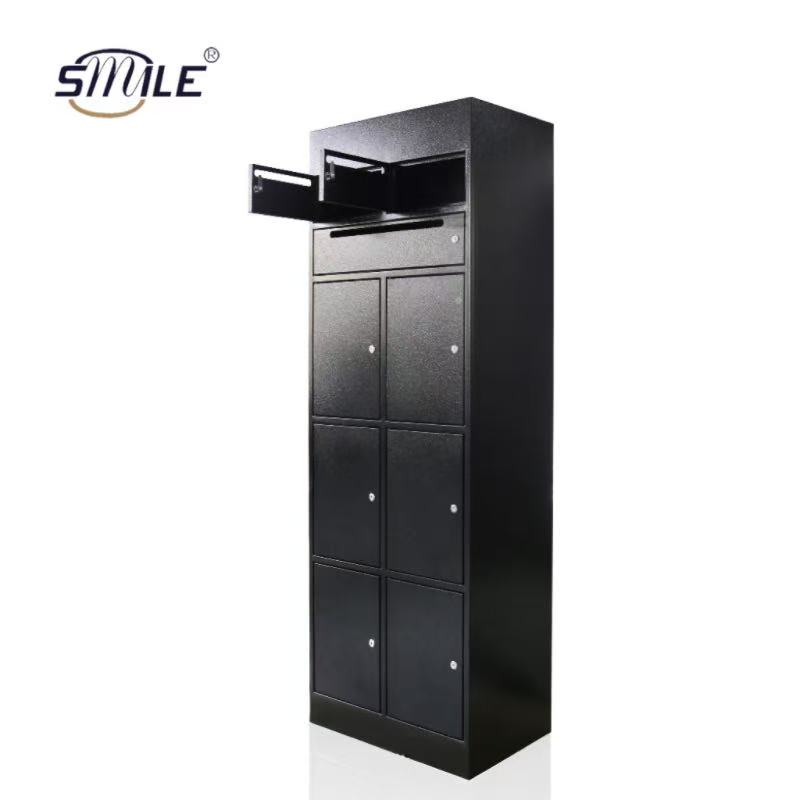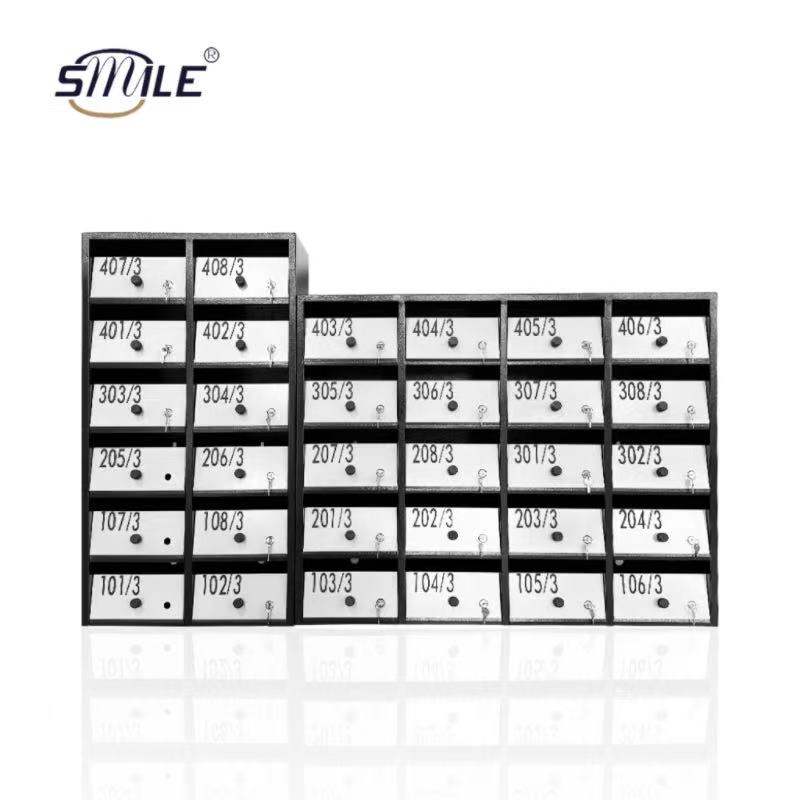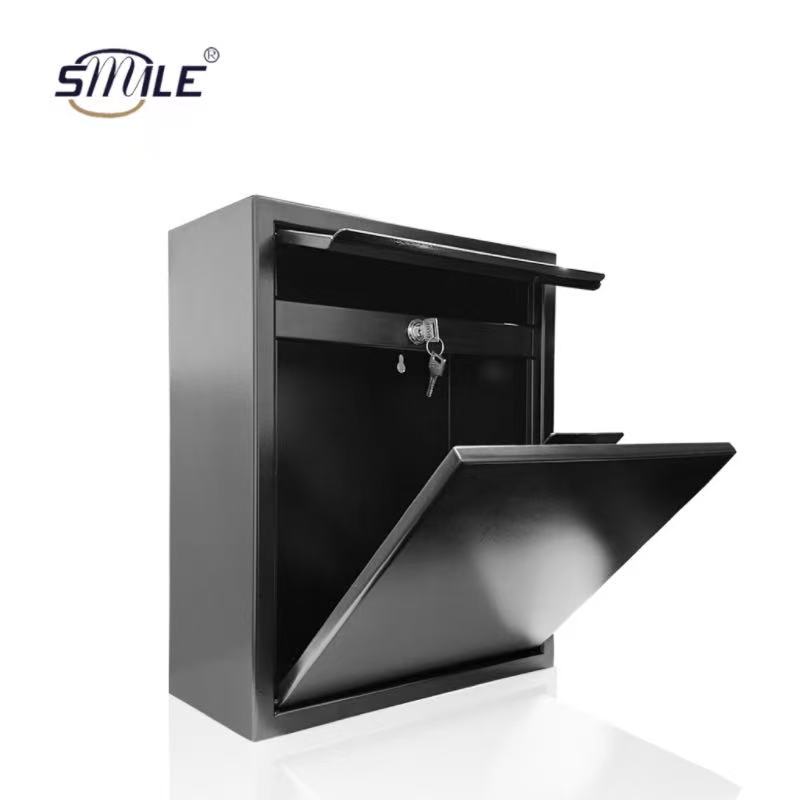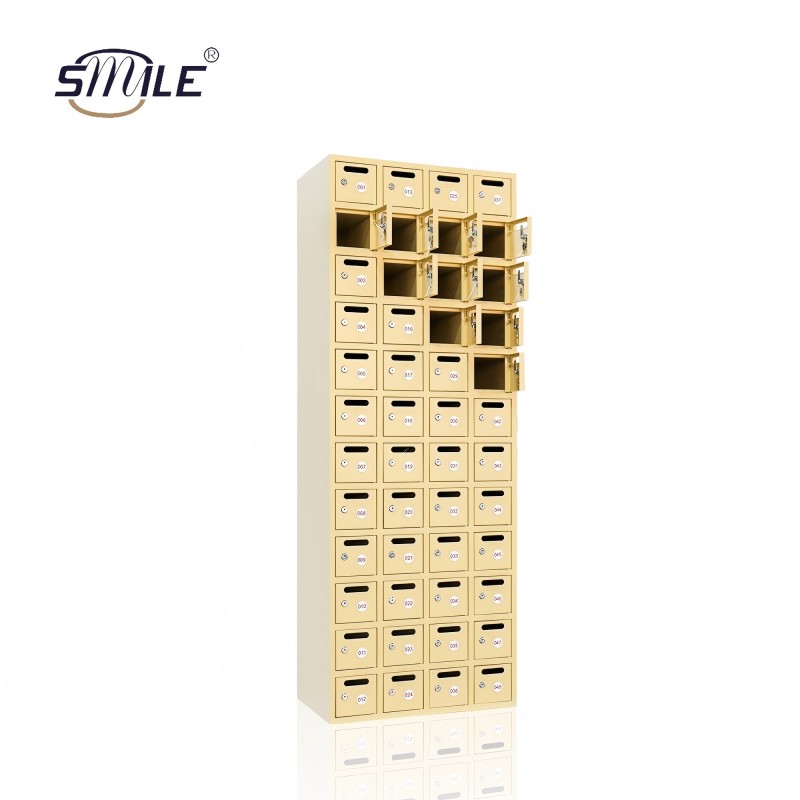Guide to Key Electrical Equipment Selection for Photovoltaic Power Stations: How to Choose Distribution Boxes, Distribution Cabin, and Junction Boxes?
As the global installed capacity of photovoltaic power continues to climb, the selection of electrical equipment for photovoltaic stations has become a focal point of the industry. Among these, distribution boxes, distribution cabinets, and junction boxes, as core components of the power station, directly impact the efficiency and of the system. This article will delve into the key points of selecting distribution boxes, distribution cabinets, and junction boxes in photovoltaic power stations.1. for DC High Voltage Systems: Distribution Boxes and Distribution Cabinets Must Match High Voltage Grades
In large-scale photovoltaic power stations, the side voltage is commonly increased to 1500V, which poses higher requirements for the insulation performance of distribution boxes and distribution cabinets:Distribution Boxes: DC 100V/1500V dedicated design is required, and internal components must comply with UL 508A or IEC 62930 standards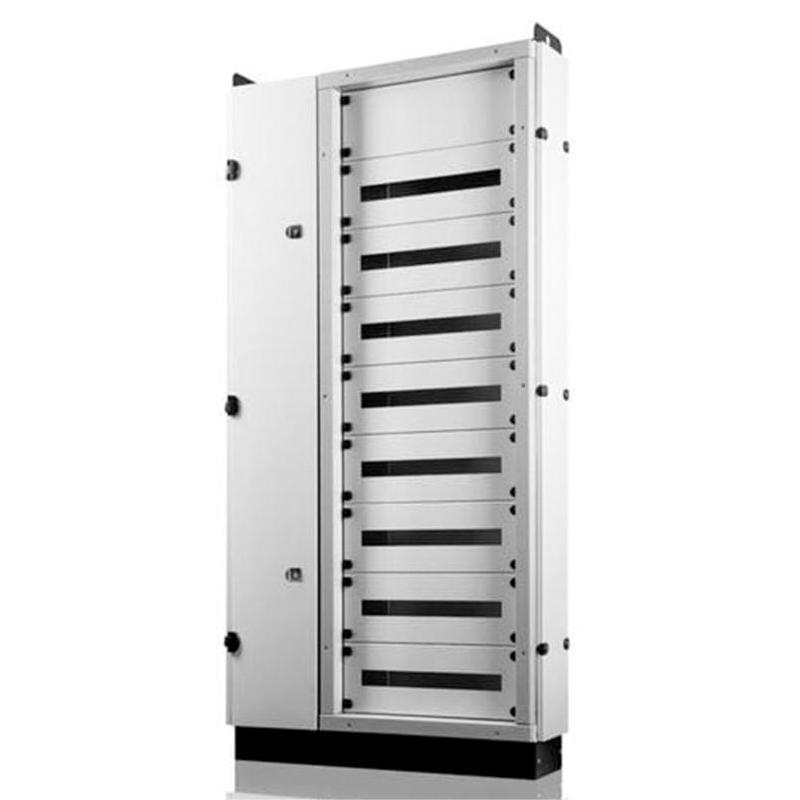 : Need to be equipped with DC disconnectors and anti-reverse current protection devices to avoid current backflow that could damage components.Junction Boxes: Need to support high voltage series connection and have PID (potential-induced degradation) resistance function.2. Outdoor Weather Resistance: Distribution Boxes and Junction Boxes Be UV-Resistant and Corrosion-Resistant
Photovoltaic power stations are exposed to the outdoors for a long time, and distribution boxes, distribution cabinets and junction boxes must adapt to extreme environments:
: Need to be equipped with DC disconnectors and anti-reverse current protection devices to avoid current backflow that could damage components.Junction Boxes: Need to support high voltage series connection and have PID (potential-induced degradation) resistance function.2. Outdoor Weather Resistance: Distribution Boxes and Junction Boxes Be UV-Resistant and Corrosion-Resistant
Photovoltaic power stations are exposed to the outdoors for a long time, and distribution boxes, distribution cabinets and junction boxes must adapt to extreme environments:
Distribution Boxes: Box material is recommended to be galvanized steel plate (≥1.5mm) or engineering plastic (-resistant).Distribution Cabinets: Must pass the salt fog test (over 1000 hours), suitable for coastal high humidity areas.Junction Boxes: Should use flame-retardant materials (UL94 V0) and have a waterproof and breathable film design.
Industry Case: A European photovoltaic power station suffered an internal short circuit due to poor sealing of the distribution box resulting in losses exceeding one million euros, highlighting the importance of proper selection.3. Smart Monitoring Trend: Distribution cabinets and boxes need to support remote operation and maintenance
As photovoltaic power stations become more widespread, distribution cabinets and boxes are gradually integrating monitoring functions:Smart Distribution Box: Built-in current/voltage sensors, supporting G/WiFi data transmission.Centralized Distribution Cabinet: Can be paired with SCADA systems to monitor the operating status of the string in real-time.Smart junction Box: Some manufacturers have launched optimized products with string-level monitoring.
Market Forecast: By 2025, the global market size for smart distribution boxes and cabinets increase by 35%, becoming a new growth point for the industry.4. Safety Compliance: Distribution boxes and cabinets need to comply with international certifications
Photoltaic power stations involve high-voltage direct current, making safety certifications crucial:Distribution Box: Must pass IEC 61439-2 (standard low-voltage switchgear).Distribution Cabinet: CE certification required for export to Europe, UL 67/UL 508A for North America.Juncyion Box: Must meet IEC 62790 (safety standard for photovoltaic junction boxes).
Latest Developments: Starting in 224, the EU's new regulations require distribution cabinets and boxes to add Arc Fault Circuit Interrupter (AFCI) functionality.Conclusion: How choose the best distribution box, cabinet, and junction box for photovoltaic power stations?1. Voltage matching: Give priority to distribution boxes and cabinets designed for1500V systems.2. Protection level: Outdoor equipment must reach IP65/IP66, junction boxes must be dust and water-proof.3. Smart operation and maintenance: Consider smart distribution boxes and cabinets that support IoT monitoring.
Industry call: As photovoltaic technology evolves, manufacturers of distribution boxes and junction boxes should accelerate innovation to meet the needs of more efficient and safer power stations.

